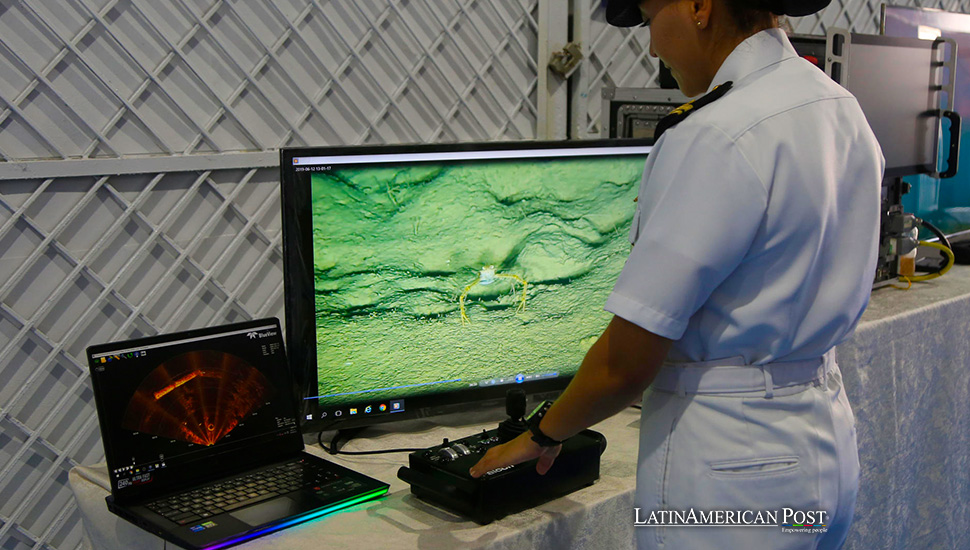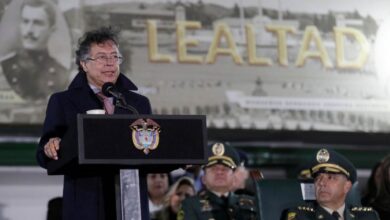Expert Deems Spain’s Participation in Colombia’s San José Scientific Exploration ‘Desirable’

The collaborative exploration of the Spanish galleon San José’s wreckage by Colombia, with Spain’s potential involvement, exemplifies a pioneering approach to maritime archaeology, honoring shared heritage while promoting scientific cooperation and respecting the sanctity of underwater cultural sites.
Unveiling History in the Depths
Nestled in the deep waters of the Caribbean Sea, the wreckage of the Spanish galleon San José lies as a silent witness to the tumultuous history that once engulfed Latin America. Discovered off the Colombian coast, this underwater reliquary, laden with treasures and secrets from the 18th century, has ignited a spark of interest that transcends borders, drawing in stakeholders from Colombia to Spain and captivating the global community. Exploring San José is not just a dive into the depths of the sea but into the depths of history, promising insights into our shared past and offering lessons for the future.
The galleon San José, sunk in 1708 during a skirmish with British corsairs, was more than a vessel; it was a floating microcosm of the Spanish empire’s wealth and its intricate connections across the Americas. The announcement of its discovery in 2015 by the Colombian government rekindled a longstanding debate over the custody and preservation of submerged cultural heritage. Citing international conventions, Spain asserts a claim to the galleon as a state ship. Meanwhile, Colombia has declared it a cultural asset, emphasizing its sovereign rights over the wreck.
Echoes Across Latin America
This scenario is not unique to Colombia. Across Latin America, nations grapple with the legacies of their colonial pasts, submerged along their coastlines. Mexico’s rich history of Spanish galleons, Cuba’s sunken fleets, and Argentina’s naval remnants share similar stories of discovery, loss, and the quest for preservation. San José’s story is a microcosm of a larger narrative that spans the region, highlighting the challenges and opportunities in managing underwater cultural heritage.
The potential collaboration between Colombia and Spain, as highlighted by maritime archaeologist Arturo Rey da Silva, represents an innovative model for international cooperation in marine archaeology. Rey da Silva, a Spanish national and a professor at the University of Edinburgh, underscores the importance of such joint ventures, pointing out Spain’s expertise in deep-water archaeology and its commitment to preserving shared historical legacies.
The exploration of San José is poised to set a precedent for how nations can work together to protect and study underwater cultural sites. The project underscores the importance of scientific research over commercial exploitation, aligning with the principles outlined by UNESCO’s Convention on the Protection of the Underwater Cultural Heritage. This approach ensures the preservation of the wreck not only as an archaeological site but also as a memorial to the lives lost at sea.
Colombia’s Holistic Approach
Colombia’s inclusive strategy, welcoming international cooperation while engaging local and indigenous communities, offers a holistic model for underwater archaeology. This method respects the multifaceted nature of maritime heritage, acknowledging its scientific, historical, and emotional dimensions.
As Colombia and Spain navigate the complexities of their shared heritage through the San José, they embark on a journey that transcends mere archaeological interest. This collaboration is a testament to the power of cultural diplomacy and the role of heritage in forging connections between nations. It serves as a beacon for other Latin American countries wrestling with similar issues, demonstrating that through cooperation, respect, and shared commitment, the stories of our past can illuminate the path toward a more inclusive and understanding future.
Also read: Spain Asserts Ownership of Quimbaya Treasure Amid Colombia’s Legal Recovery Efforts
The San José project, therefore, is more than an archaeological undertaking; it is a symbol of reconciliation, a bridge across time and tide that unites rather than divides. It exemplifies how, by honoring the past and embracing our shared cultural heritage, we can build a foundation for lasting peace and cooperation between Colombia and Spain, Latin America, and the world.





